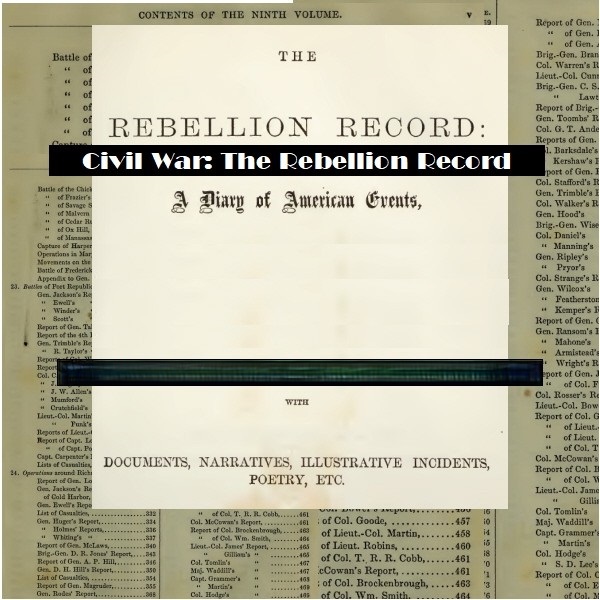
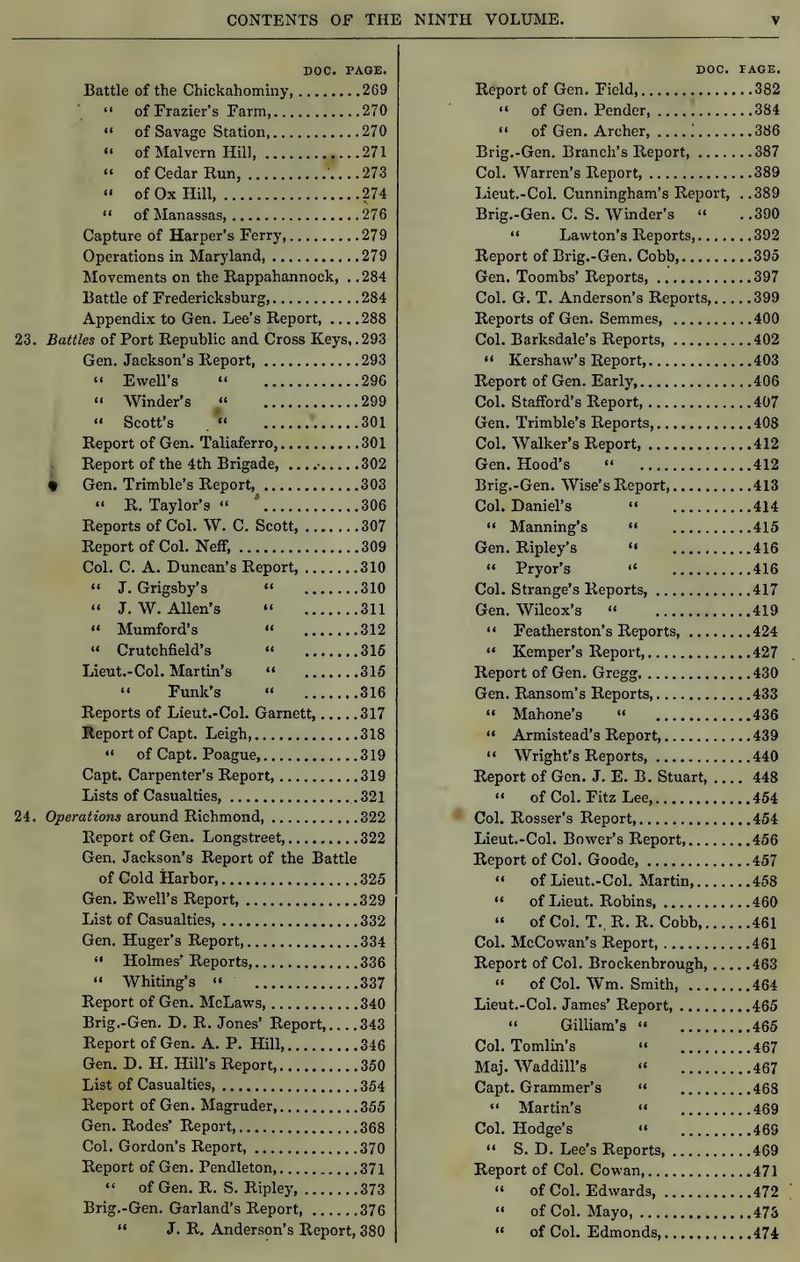
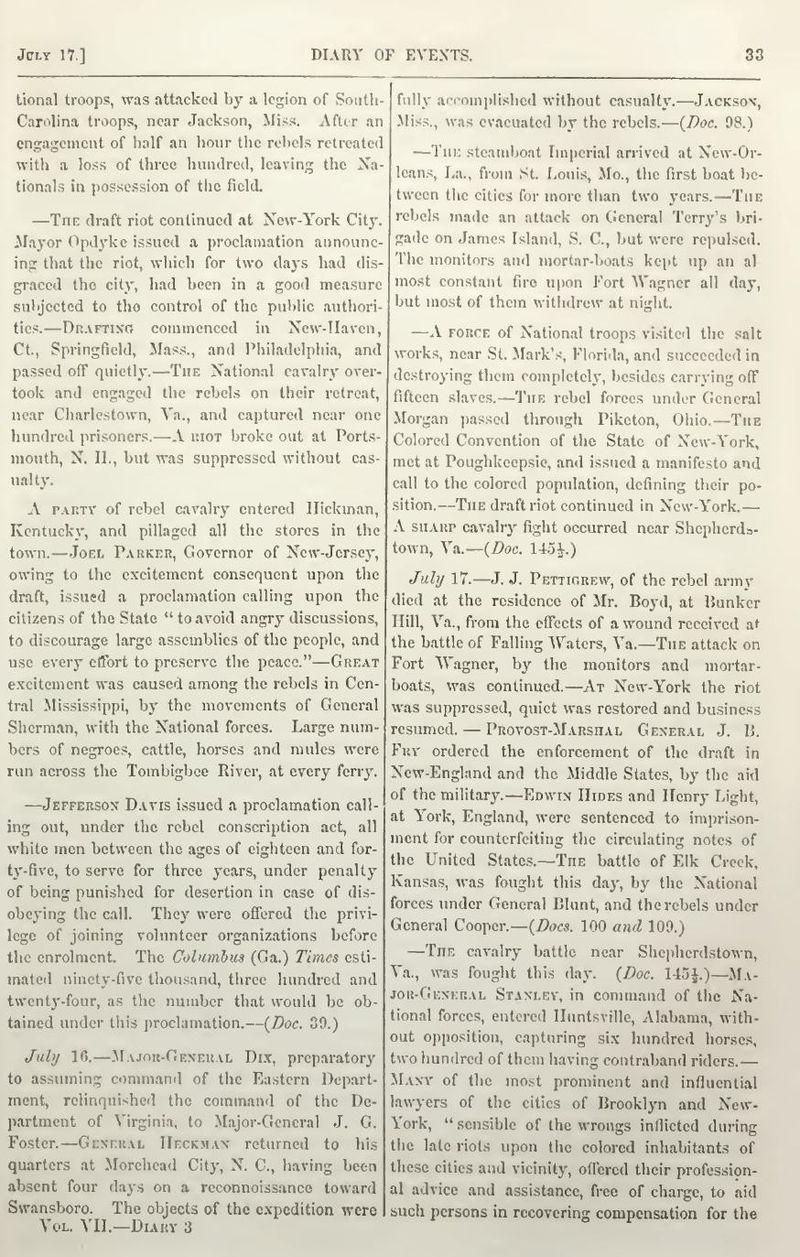
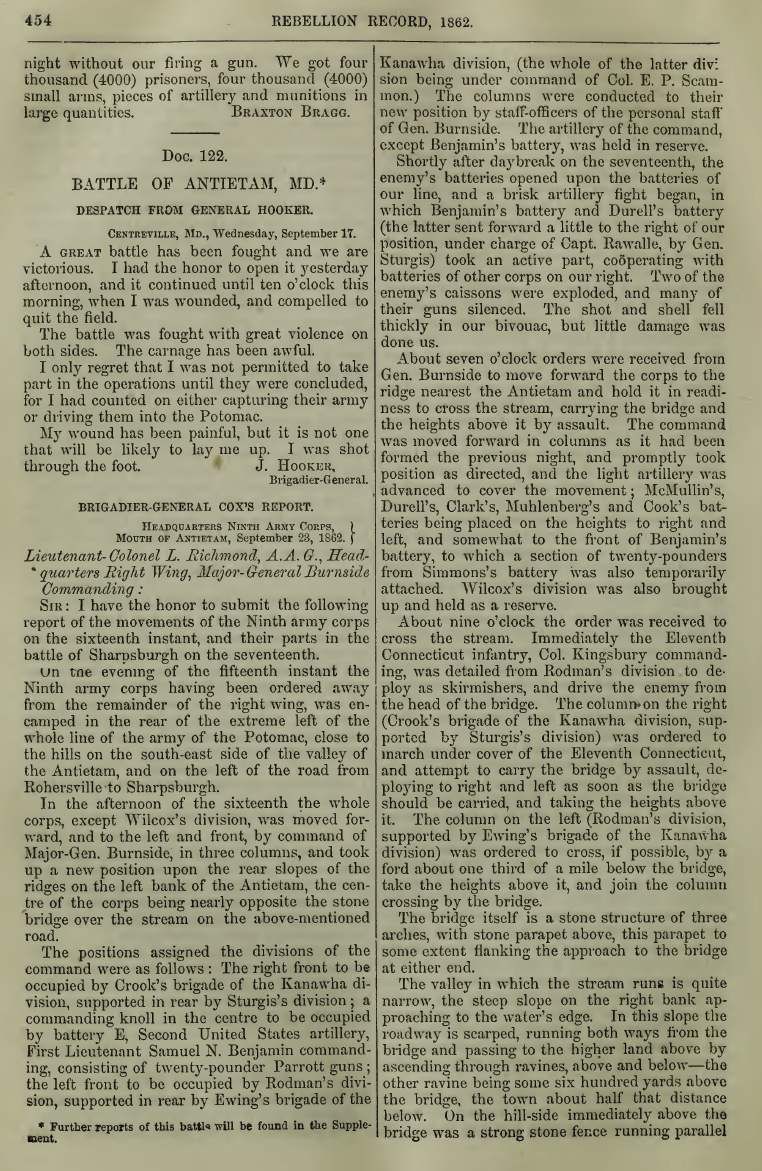
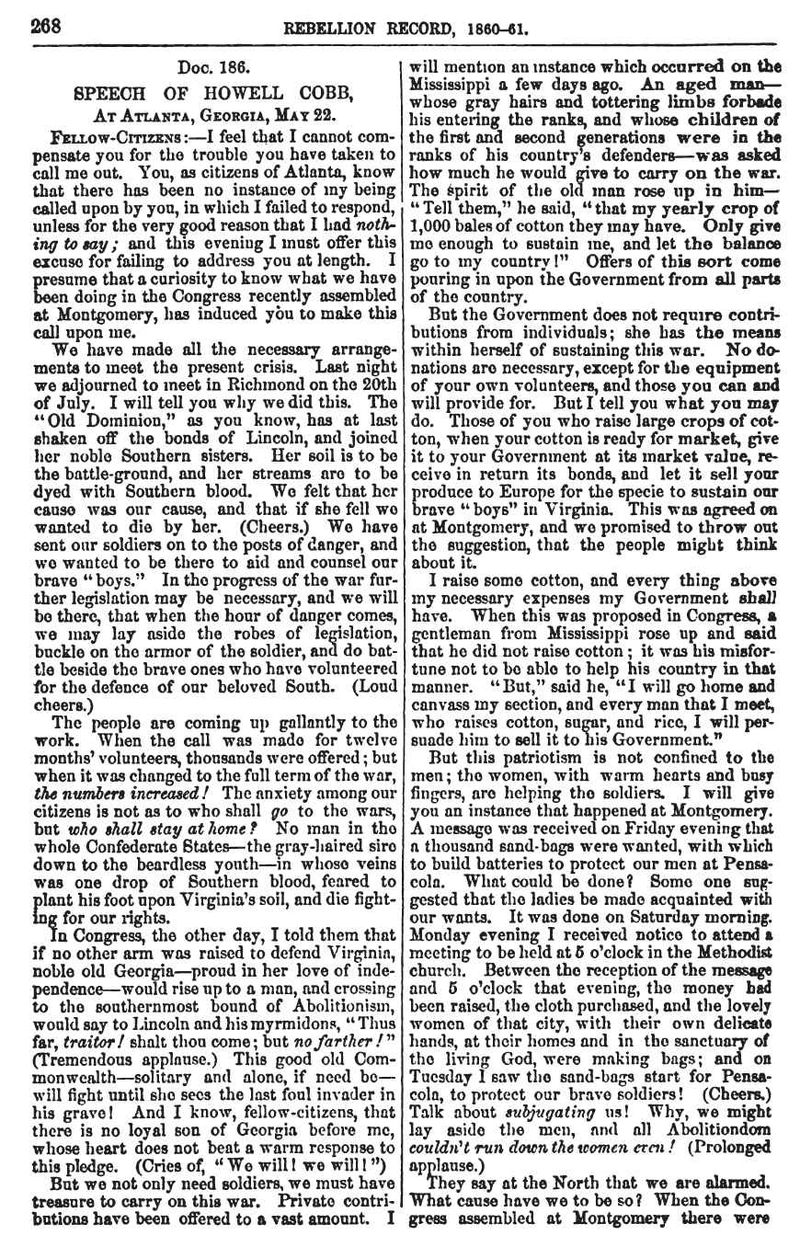
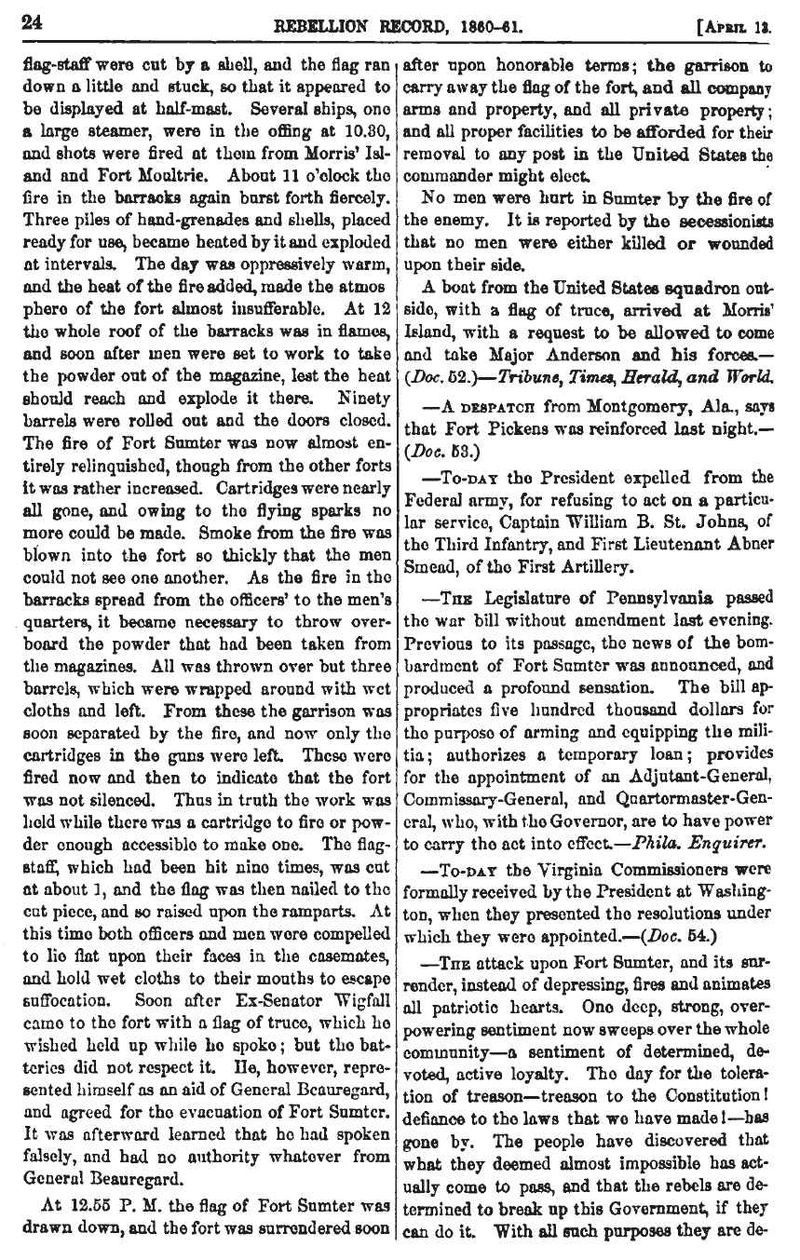
Civil War: The Rebellion Record – Diary of Events and Documents (1861–1868)
$19.50
Description
The Rebellion Record: A Timeline and Cast
Timeline of Main Events
- April 1861 (Implied): Union forces surrender at Fort Sumter after a two-day bombardment by Confederate forces. This event is not given a date, but is mentioned to have occurred before the first volume was written, which would place it in April of 1861.
- May 22, 1861: Thomas Cobb, President of the Provisional Confederate States Congress, delivers a speech. This speech is later published in the first volume of The Rebellion Record.
- September 1862: The Battle of Antietam takes place. Dispatches and reports related to this battle are published in the document section of Volume 5 of The Rebellion Record.
- July 17, 1863: The New York City Draft Riots occur. The Rebellion Record diary entry for this date covers the events of the riots.
- 1861-1868: The Rebellion Record is published, spanning 11 volumes and a supplement. It is published initially by G.P. Putnam’s Sons (1861-1863), then D. Van Nostrand Co. (1864-1868), with the final supplement co-published by Putnam’s and Henry Holt.
- 1860-1865: The historical coverage of the 11 volumes of The Rebellion Record and its supplement, spans the period of the American Civil War.
- 1881-1901: The Official Records of the War of the Rebellion is published in 128 volumes, becoming the primary resource for information on the Civil War, ultimately superseding the importance of The Rebellion Record.
Cast of Characters
- Frank Moore: Editor of The Rebellion Record. He is responsible for compiling the diary, documents, narratives, and poetry in the series. He aims to create an impartial history of the Civil War by including materials from both the Union and Confederacy and aims to sort fact from fiction.
- Thomas Cobb: President of the Provisional Confederate States Congress, former member of the House of Representatives, and former Governor of Georgia. He is featured in the first volume of The Rebellion Record due to a speech he gave on May 22, 1861.
- Harriet Beecher Stowe: American author and abolitionist, famous for the novel Uncle Tom’s Cabin. Her poems are included in the “Poetry, Rumors, and Incidents” section of some of the first nine volumes of the Rebellion Record.
- Oliver Wendell Holmes: American physician, poet, professor, and author. His poems are included in the “Poetry, Rumors, and Incidents” section of some of the first nine volumes of the Rebellion Record.
- John Greenleaf Whittier: American Quaker poet and abolitionist. His poems are included in the “Poetry, Rumors, and Incidents” section of some of the first nine volumes of the Rebellion Record.
- Paul Hamilton Hayne: American poet and author from the Southern United States. His poems are included in the “Poetry, Rumors, and Incidents” section of some of the first nine volumes of the Rebellion Record.
- Edward S. Ellis: American author, primarily known for his historical fiction for young readers. His poems are included in the “Poetry, Rumors, and Incidents” section of some of the first nine volumes of the Rebellion Record.
Civil War: The Rebellion Record-A Diary of American Events, with Documents, Narratives, 1861 to 1868
“The Rebellion Record” is a collection of writings about American events, including documents, stories, notable incidents, poems, and more, spanning from 1861 to 1868.
This extensive work comprises 9,761 pages across 11 volumes, released from 1861 to 1868, and primarily covers the period from 1860 to 1865.
It provides a contemporaneous account of the Civil War, uniquely compiling a historical record as the conflict unfolded. The collection expanded to twelve volumes (including a supplement to the first volume) and was published both during the war and in the subsequent three years. This compilation served as a vital resource for understanding the Civil War, both at the time and in the following decade. It was a primary avenue for historians, students, military personnel, and others to access original source materials and gain a deeper understanding of the war. Its significance diminished when the 128 volumes of the “Official Records of the War of the Rebellion” were published from 1881 to 1901. Nevertheless, it remains a valuable source of period information, containing newspaper articles from both the North and South, various documents and reports, public speeches, maps, and illustrations. In the first volume’s introduction, Frank Moore explained that the goal was to create an organized and thorough history of the conflict, distinguishing truth from speculation and presenting both the artistic and noteworthy aspects alongside the more serious official records. Moore clarified that the Rebellion Record was not meant to compete with or keep up with newspapers, but rather to analyze them over time, carefully selecting the most valuable content from the vast amount of articles, speeches, letters, and reports published daily. He stated that he would present all significant documents and detailed accounts in chronological order, numbered, and linked to a diary.
Moore further described his work as an impartial collection of materials from various sources that were relevant to the important issues of the time, or that shed light on the questions at hand, or the attitudes of people on both sides of the conflict. He emphasized that a large part of the volume contains secessionist documents and articles from the secessionist press, reprinted exactly as they appeared, without any changes or personal opinions. Moore stated that he had included the words of anyone who had made an impact on either side, or even those who were neutral, ensuring their statements were preserved for future generations. The first eight volumes are structured with three parts: a journal of happenings, followed by official papers and stories, and lastly, poems, unverified information, and notable occurrences. Volume nine has only two sections: official papers and stories and then poems, unverified information, and notable occurrences. Volumes ten, eleven, and the supplemental volume consist solely of official papers. Each volume provides a table of contents and an index.
“The Rebellion Record: A Diary of American Events, with Documents, Narratives, Illustrative Incidents, Poetry, Etc.” was the full title of this publication, which was initially released by G. P. Putnam’s Sons from 1861 to 1863, and then by D. Van Nostrand Co. from 1864 to 1868. Putnam’s and Henry Holt jointly published the twelfth and final supplemental volume.
The initial part of the volumes released during the war was a “Diary of Events,” which was a daily record of events created from short newspaper excerpts and summaries of communications and announcements. The “Documents and Narratives” portion features formal reports, declarations from military and political leaders, communications between officials, and newspaper reports about battles. The third segment of the first nine volumes, titled “Poetry, Rumors, and Incidents,” included poems from writers such as Harriet Beecher Stowe and Oliver Wendell Holmes, as well as lighthearted stories.
Related products
-
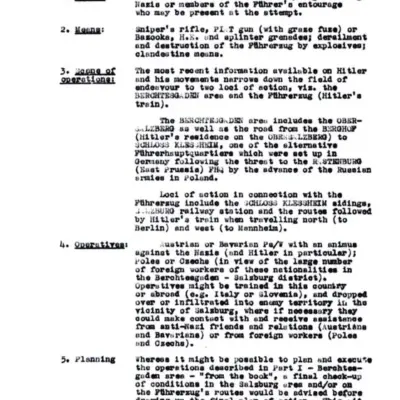
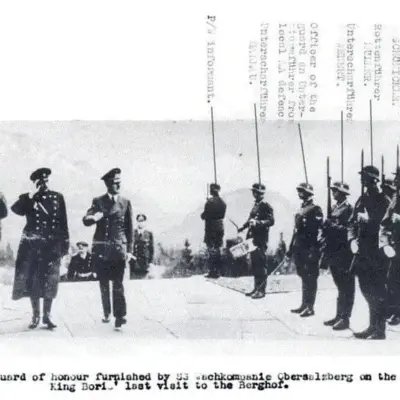
World War II: Adolf Hitler and Operation Foxley – British Assassination Plot
$19.50 Add to Cart -
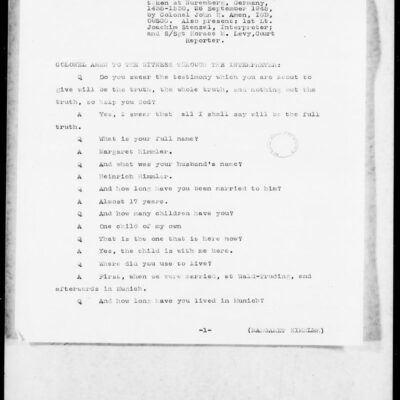
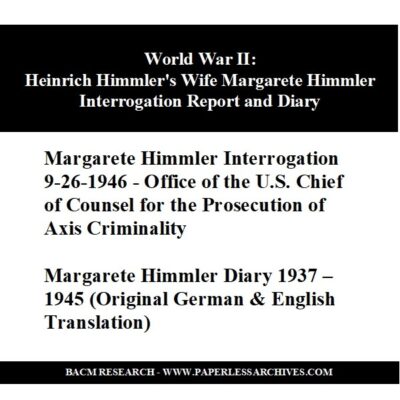
World War II: Interrogation Report and Diary of Margarete Himmler, Wife of Heinrich Himmler
$3.94 Add to Cart -
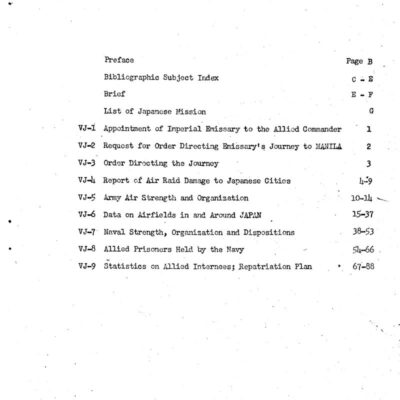

Japan’s Surrender Documents from World War II
$1.99 Add to Cart -
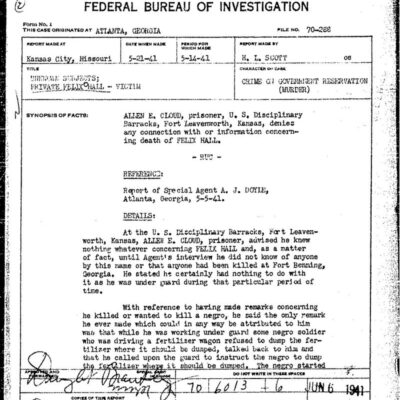

World War II: Felix Hall Lynching – FBI Files, Articles, Historical Records
$9.99 Add to Cart